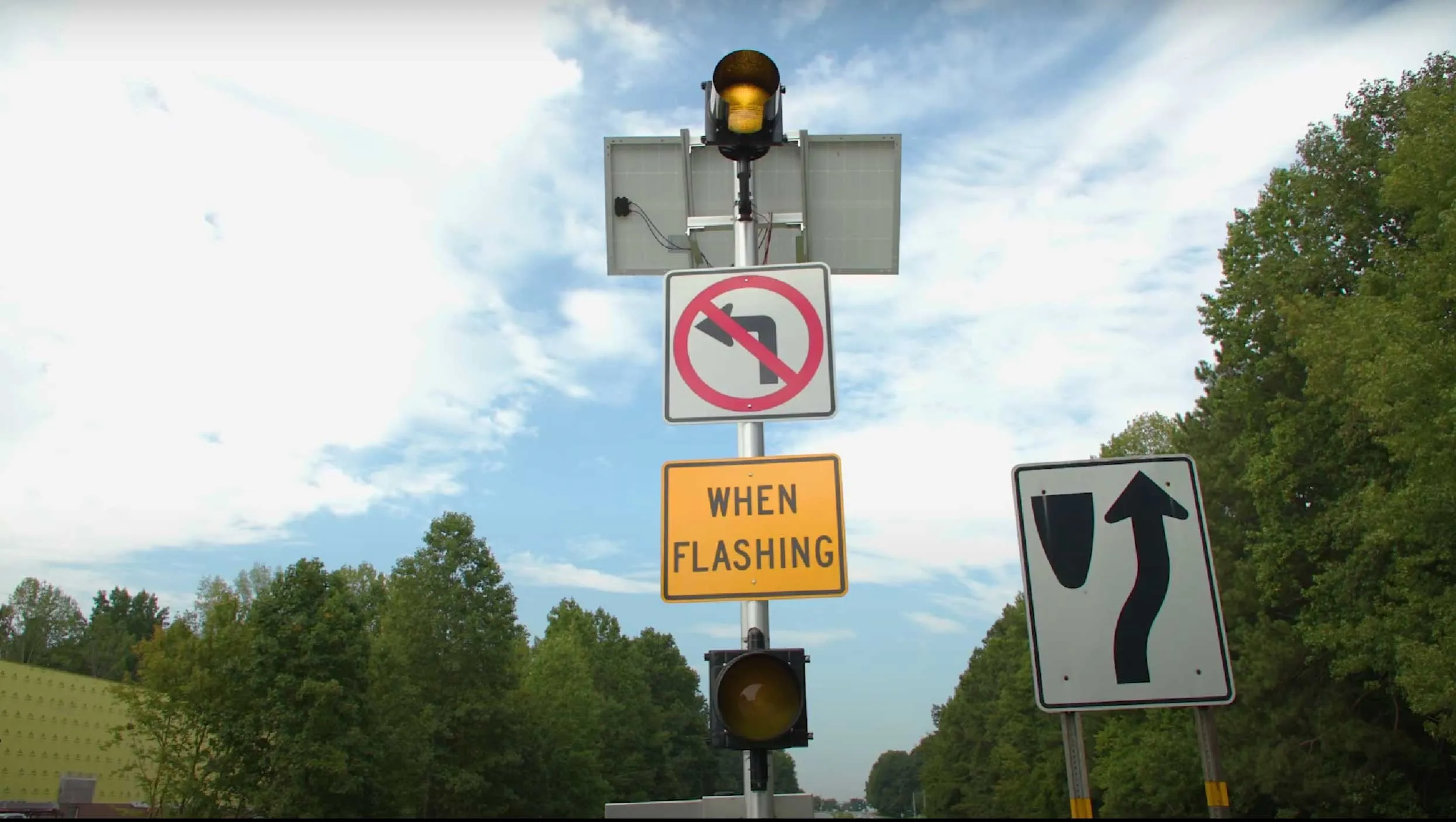Johnson Controls has developed an innovative instrument cluster concept that combines multiple layers of information to generate a three-dimensional (3D) interface. It is claimed that the multilayer instrument cluster concept, which is targeted for full- and mid-size luxury vehicles, creates a more realistic view of the external environment for increased driving efficiency and safety.
March 22, 2012
Read time: 1 min
In addition to improved visual appeal, the concept also presents vehicle information directly in front of the driver as opposed to requiring the driver to look elsewhere on the vehicle dashboard. When used with a crash avoidance or driver assistance system, for example, the multilayer instrument cluster offers a highly realistic graphic to demonstrate decreasing distance to a desired exit or the distance between the driver’s vehicle and the vehicle ahead.










